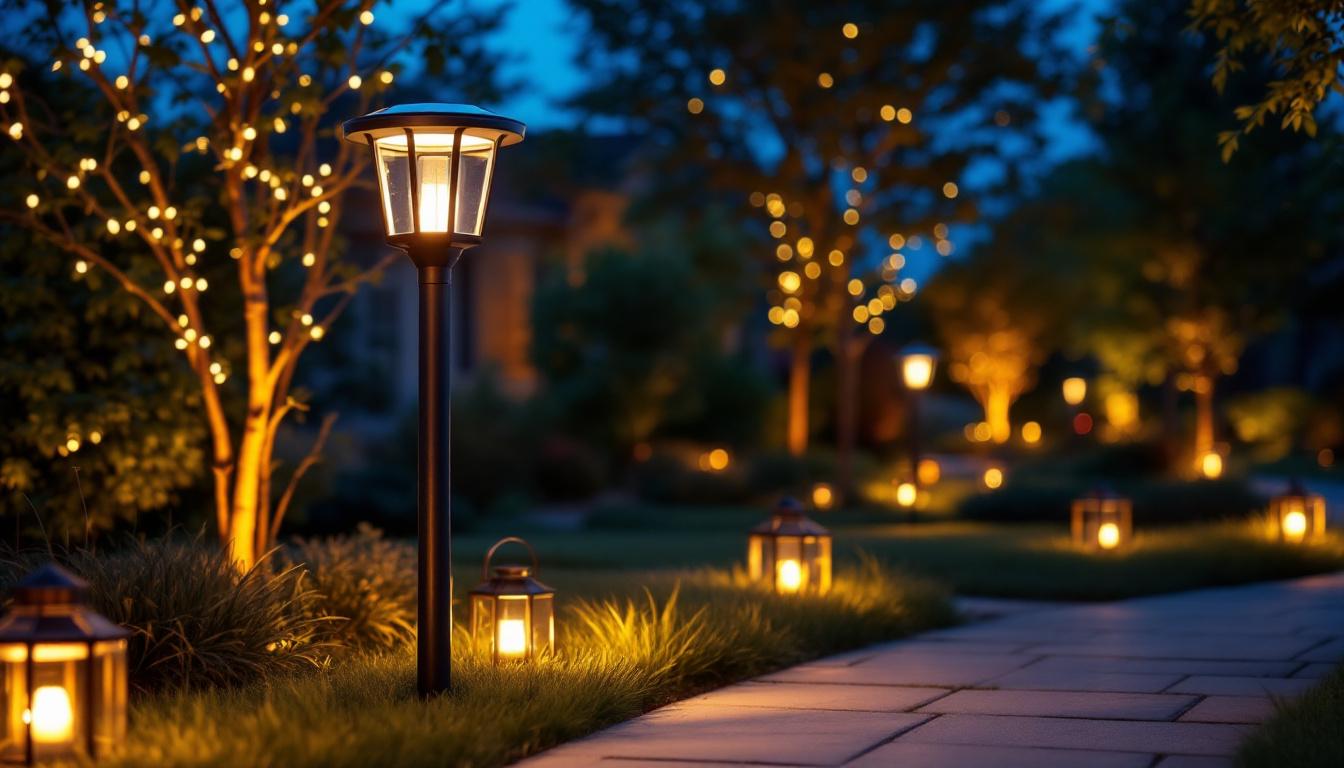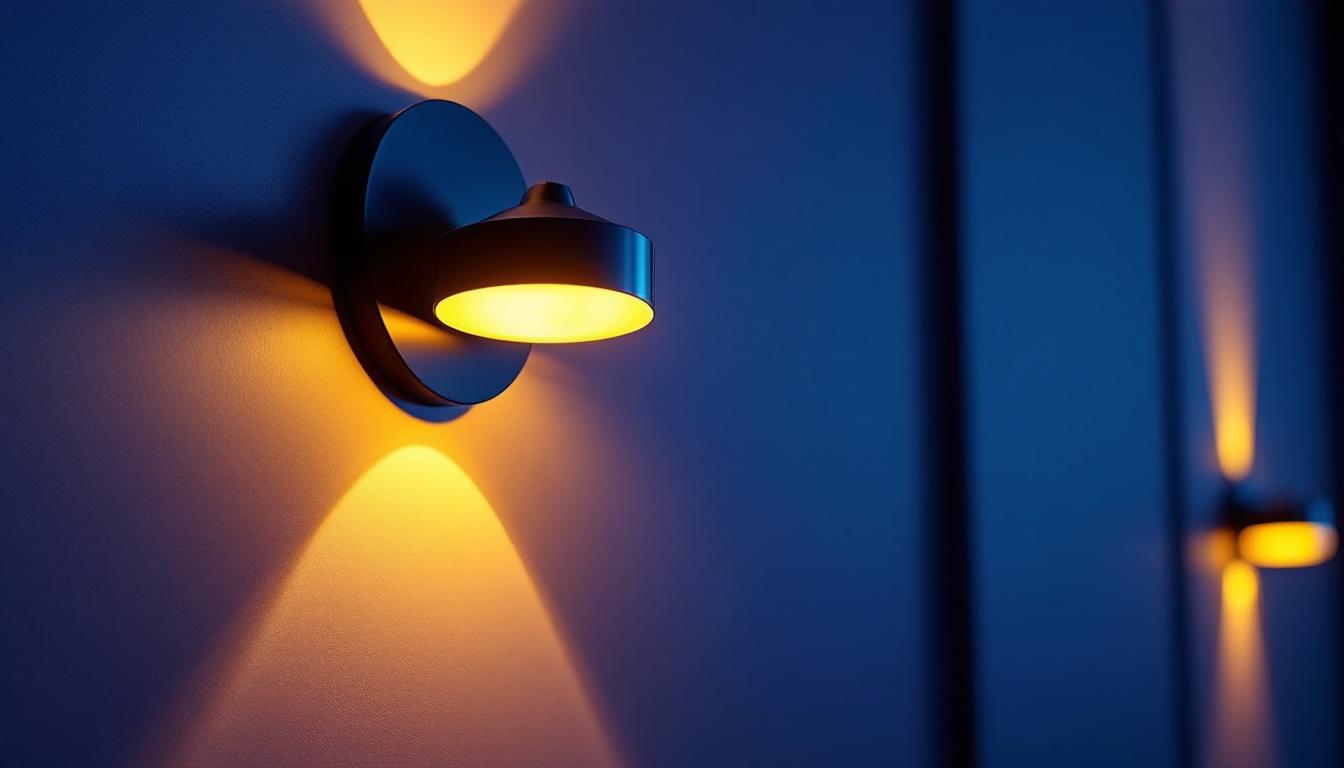
In the ever-evolving world of lighting design, ceiling LED light fixtures have emerged as a popular choice among contractors and homeowners alike. These fixtures not only provide energy-efficient illumination but also offer a range of design possibilities that can enhance any space. For lighting contractors, understanding the nuances of LED technology and how to effectively implement it can set them apart in a competitive market. This article explores various hacks and tips that can help lighting contractors maximize their efficiency and effectiveness when working with ceiling LED light fixtures.
Before diving into practical hacks, it’s essential to grasp the fundamentals of LED technology. LEDs, or Light Emitting Diodes, are semiconductor devices that emit light when an electric current passes through them. Unlike traditional incandescent bulbs, LEDs convert a higher percentage of energy into light rather than heat, making them significantly more energy-efficient.
Moreover, LEDs have a longer lifespan, often lasting up to 25,000 hours or more, which reduces the frequency of replacements. This longevity not only benefits the environment but also enhances customer satisfaction, as clients appreciate the reduced maintenance costs associated with LED fixtures. Additionally, the reduced energy consumption of LEDs contributes to lower electricity bills, making them an economically sound choice for both residential and commercial applications. As the world increasingly shifts towards sustainable practices, the adoption of LED technology aligns perfectly with global efforts to minimize carbon footprints.
One of the critical aspects of LED lighting is its color temperature, measured in Kelvin (K). Understanding the differences between warm white (around 2700K) and cool white (above 5000K) can help contractors recommend the right fixtures for various applications. For instance, warm white is ideal for residential settings, creating a cozy atmosphere, while cool white is often preferred for commercial spaces that require a more vibrant and energetic ambiance. Furthermore, there are also daylight LEDs, typically around 6000K, which mimic natural sunlight and are perfect for tasks that require high visibility, such as in art studios or workshops.
Brightness, measured in lumens, is another factor to consider. Unlike watts, which measure energy consumption, lumens indicate the amount of light emitted. Educating clients on the importance of lumens can help them make informed decisions about their lighting needs. For example, a living room may require around 1,500 to 3,000 lumens for adequate lighting, while a kitchen or workspace might need upwards of 5,000 lumens to ensure tasks can be performed safely and effectively. By understanding these metrics, clients can better appreciate how to layer their lighting for both functionality and aesthetics, creating spaces that are not only well-lit but also inviting and comfortable.
The rise of smart home technology has transformed the way lighting is integrated into residential and commercial spaces. smart lighting solutions allow users to control their lighting remotely, adjust brightness levels, and even change color temperatures through mobile apps or voice commands. For contractors, offering smart LED fixtures can be a significant selling point.
When installing ceiling LED light fixtures, consider how they can integrate with existing home automation systems. Many homeowners are investing in smart home ecosystems, such as Google Home or Amazon Alexa, which facilitate seamless control of various devices, including lighting. By ensuring compatibility with these systems, contractors can enhance the overall user experience and provide added value to their clients.
Additionally, offering programmable lighting schedules can help clients optimize their energy usage. For instance, lights can be set to turn on and off at specific times or adjust based on natural light levels, further enhancing energy efficiency. This not only reduces electricity bills but also contributes to a more sustainable lifestyle, as it minimizes unnecessary energy consumption. Furthermore, the ability to create different lighting scenes for various activities—such as reading, entertaining, or relaxing—can significantly enhance the ambiance of a space, making it more versatile and enjoyable for users.
Wireless controls have become increasingly popular, allowing homeowners to manage their lighting without the need for complex wiring. Many LED fixtures now come with built-in Bluetooth or Wi-Fi capabilities, enabling easy installation and flexibility. Contractors can recommend fixtures that support these technologies, making it easier for clients to customize their lighting experiences. This flexibility is particularly beneficial in spaces where traditional wiring may be challenging or costly to install, such as older homes or rental properties.
dimming options are another critical feature. Many LED fixtures are now designed to be dimmable, providing users with greater control over their lighting environment. Educating clients about the benefits of dimming—such as energy savings and mood enhancement—can lead to more satisfied customers. Moreover, advanced dimming technologies, such as tunable white lighting, allow users to adjust not only the brightness but also the color temperature of their lights, creating a dynamic atmosphere that can adapt throughout the day. This capability can be particularly advantageous in workspaces, where different lighting conditions can enhance productivity and focus during various tasks.
proper installation is crucial for ensuring the longevity and performance of ceiling LED light fixtures. Here are some practical tips that contractors can employ to streamline the installation process.
With a plethora of options available, selecting the right fixture for a specific application is paramount. Factors such as the size of the room, ceiling height, and the intended use of the space should guide the decision-making process. For instance, larger rooms may benefit from multiple fixtures or those with higher lumen outputs, while smaller spaces might require more compact designs.
Contractors should also consider the fixture’s design and aesthetic appeal. Ceiling LED fixtures come in various styles, from sleek and modern to more traditional designs. Matching the fixture to the overall decor can enhance the room’s visual appeal and ensure client satisfaction.
Wiring is a critical component of any lighting installation. Ensuring that the wiring is up to code and compatible with the LED fixtures is essential for safety and performance. Contractors should familiarize themselves with local electrical codes and regulations to avoid potential issues.
Additionally, taking the time to double-check connections can prevent future problems. Loose or faulty connections can lead to flickering lights or even complete fixture failure. A thorough inspection before finalizing the installation can save time and resources in the long run.
While LED fixtures are known for their durability, regular maintenance is still necessary to ensure optimal performance. Educating clients on basic maintenance tasks can help prolong the life of their lighting systems.
Dust and debris can accumulate on light fixtures, diminishing their brightness and efficiency. Contractors should advise clients on the best cleaning practices, such as using a soft, dry cloth to wipe down fixtures and avoiding harsh chemicals that could damage the finish.
Additionally, checking for any signs of wear or damage during routine maintenance can help identify potential issues before they escalate. Encouraging clients to schedule regular inspections can lead to better performance and longevity of their lighting systems.
Even with proper installation and maintenance, issues may arise with ceiling LED light fixtures. Common problems include flickering lights, dimming, or complete failure to turn on. Educating clients on basic troubleshooting steps can empower them to address minor issues without needing to call a contractor.
For instance, if a fixture is flickering, it may be due to a loose connection or incompatible dimmer switch. Instructing clients on how to check these components can save time and resources. However, it’s essential to remind them that safety should always come first, and if they are unsure, they should contact a professional.
As the demand for LED lighting solutions continues to grow, effective marketing strategies can help contractors stand out in a crowded marketplace. Here are some tips for promoting LED lighting services.
Highlighting previous projects can be an effective way to attract new clients. Contractors should consider creating a portfolio that showcases their work with ceiling LED light fixtures. High-quality images, along with descriptions of the projects, can demonstrate expertise and creativity.
Additionally, collecting testimonials from satisfied clients can enhance credibility. Positive reviews can significantly influence potential customers’ decisions, making it essential to gather and display them prominently on websites and marketing materials.
Creating informative content can position contractors as experts in the field. Blog posts, videos, and social media content that educate clients about the benefits of LED lighting, installation tips, and maintenance advice can attract attention and generate leads. By providing valuable information, contractors can build trust and establish long-term relationships with their clients.
Ceiling LED light fixtures offer a wealth of opportunities for lighting contractors looking to enhance their services and meet the growing demand for energy-efficient lighting solutions. By understanding LED technology, implementing smart lighting solutions, and employing effective installation and maintenance practices, contractors can set themselves apart in a competitive market.
Moreover, leveraging marketing strategies that highlight expertise and educate clients can foster trust and drive business growth. As the lighting industry continues to evolve, staying informed and adaptable will be key to success for contractors working with ceiling LED light fixtures.
Ready to take your lighting projects to the next level? At LumenWholesale, we provide lighting contractors like you with the highest quality, spec-grade ceiling LED light fixtures at unbeatable wholesale prices. Say goodbye to local distributor markups and hello to a vast selection of reliable, high-performance lighting that meets the highest industry standards. Plus, with free shipping on bulk orders, you can stock up on premium lighting solutions without worrying about hidden fees or compromises. Elevate your service offerings and delight your clients with the perfect blend of quality, affordability, and convenience. Discover the best value in wholesale lighting by visiting LumenWholesale today.

Discover the pitfalls lighting contractors often face with smart lightswitch installations.

Explore the pros and cons of outdoor solar lights with posts compared to other lighting solutions.

Discover the latest movie theater wall lights trends every lighting contractor must know.

Discover innovative strategies and cutting-edge technologies that smart lighting contractors use to revolutionize portable lighting solutions.